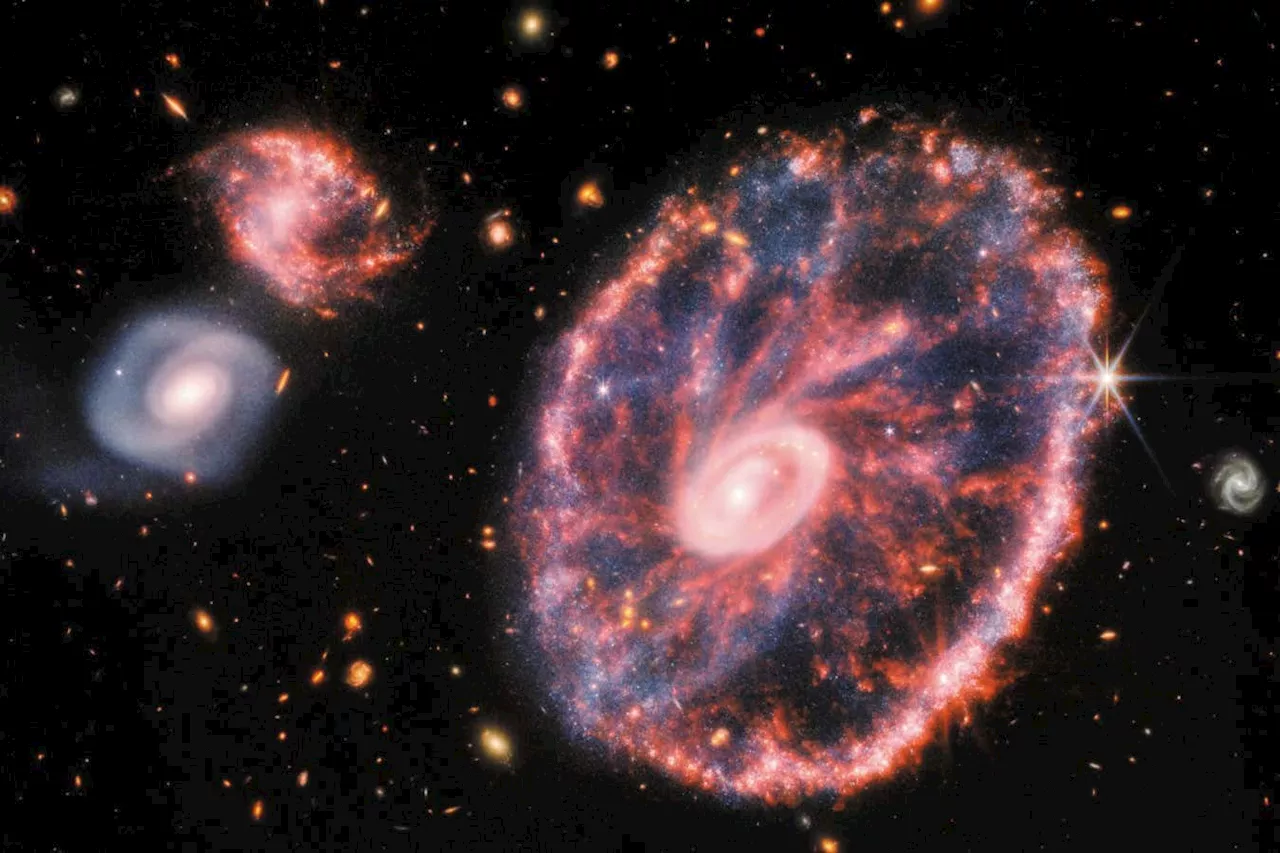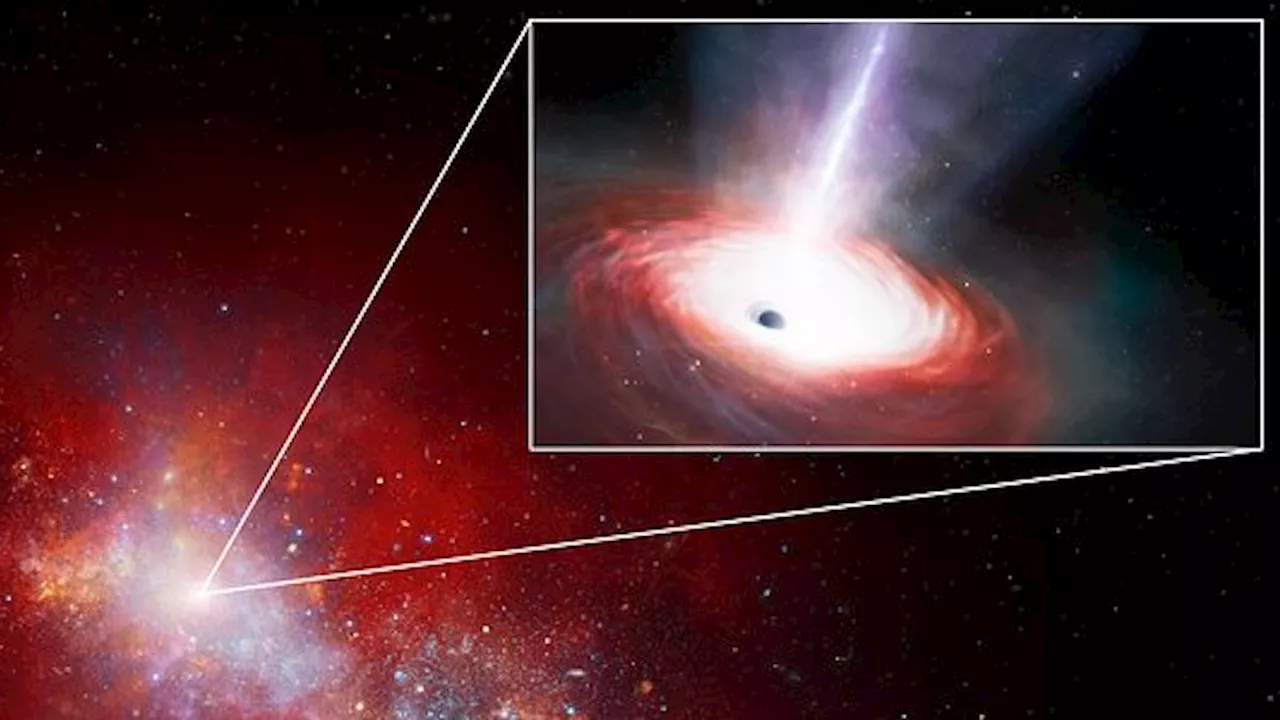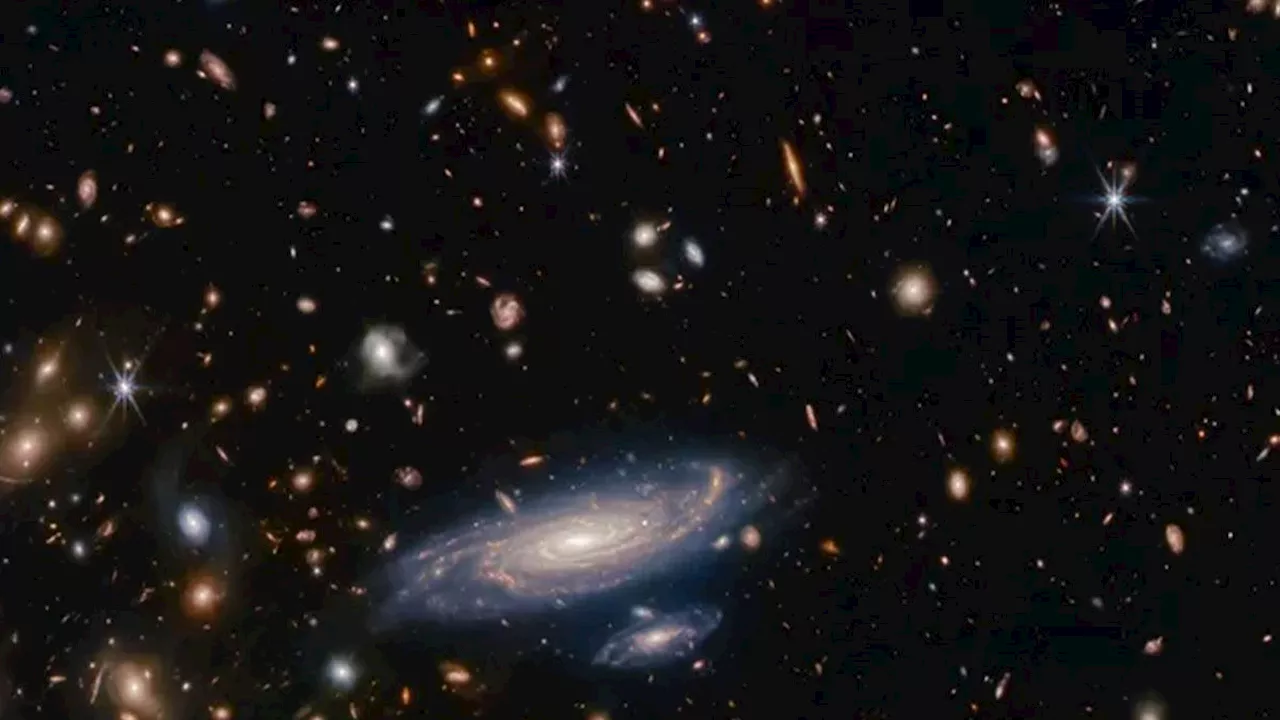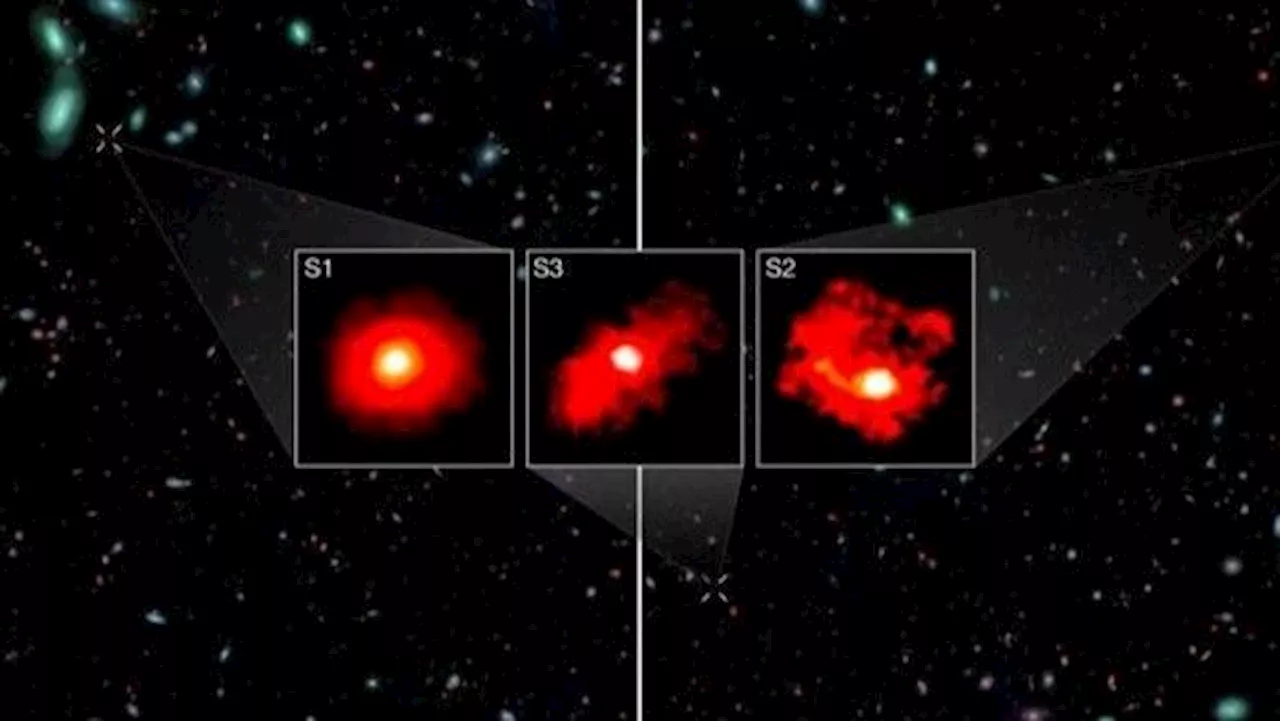Ben Turner is a U.K. based staff writer at Live Science. He covers physics and astronomy, among other topics like tech and climate change. He graduated from University College London with a degree in particle physics before training as a journalist.
The James Webb Space Telescope has spotted a trio of gigantic"red monster" galaxies in the early universe, and they could rewrite our understanding of how stars and galaxies first formed.
"Finding three such massive beasts among the sample poses a tantalising puzzle," study co-author Stijn Wuyts, a professor of astronomy at the University of Bath in the U.K., said in a statement."Many processes in galaxy evolution have a tendency to introduce a rate-limiting step in how efficiently gas can convert into stars, yet somehow these Red Monsters appear to have swiftly evaded most of these hurdles.
Typically, this is seen as a fairly inefficient process, with just 20% of the infalling gas ending up as stars. The discovery of the red monsters confounds this view, with as much of 80% of their gas seemingly converted into bright young stars. RELATED STORIES—13 billion-year-old 'streams of stars' discovered near Milky Way's center may be earliest building blocks of our galaxy—Newly discovered 'fountain of youth' phenomenon may help stars delay death by billions of years
United States Latest News, United States Headlines
Similar News:You can also read news stories similar to this one that we have collected from other news sources.
 10 stunning James Webb Space Telescope images show the beauty of spaceMaggie Aderin-Pocock, who has worked on the JWST, catalogues the science behind its most stunning images in her new book, Webb's Universe. Here's her pick of the telescope’s best shots
10 stunning James Webb Space Telescope images show the beauty of spaceMaggie Aderin-Pocock, who has worked on the JWST, catalogues the science behind its most stunning images in her new book, Webb's Universe. Here's her pick of the telescope’s best shots
Read more »
 James Webb Space Telescope finds 1st 'failed star' candidates beyond the Milky WayRobert Lea is a science journalist in the U.K. whose articles have been published in Physics World, New Scientist, Astronomy Magazine, All About Space, Newsweek and ZME Science. He also writes about science communication for Elsevier and the European Journal of Physics. Rob holds a bachelor of science degree in physics and astronomy from the U.K.
James Webb Space Telescope finds 1st 'failed star' candidates beyond the Milky WayRobert Lea is a science journalist in the U.K. whose articles have been published in Physics World, New Scientist, Astronomy Magazine, All About Space, Newsweek and ZME Science. He also writes about science communication for Elsevier and the European Journal of Physics. Rob holds a bachelor of science degree in physics and astronomy from the U.K.
Read more »
 James Webb Space Telescope sees lonely supermassive black hole-powered quasars in the early universeRobert Lea is a science journalist in the U.K. whose articles have been published in Physics World, New Scientist, Astronomy Magazine, All About Space, Newsweek and ZME Science. He also writes about science communication for Elsevier and the European Journal of Physics. Rob holds a bachelor of science degree in physics and astronomy from the U.K.
James Webb Space Telescope sees lonely supermassive black hole-powered quasars in the early universeRobert Lea is a science journalist in the U.K. whose articles have been published in Physics World, New Scientist, Astronomy Magazine, All About Space, Newsweek and ZME Science. He also writes about science communication for Elsevier and the European Journal of Physics. Rob holds a bachelor of science degree in physics and astronomy from the U.K.
Read more »
 James Webb Space Telescope finds galaxies pointing toward a dark matter alternativeSharmila Kuthunur is a Seattle-based science journalist covering astronomy, astrophysics and space exploration. Follow her on X skuthunur.
James Webb Space Telescope finds galaxies pointing toward a dark matter alternativeSharmila Kuthunur is a Seattle-based science journalist covering astronomy, astrophysics and space exploration. Follow her on X skuthunur.
Read more »
 James Webb telescope spots 'feasting' black hole eating 40 times faster than should be possibleBrandon is the space/physics editor at Live Science. His writing has appeared in The Washington Post, Reader's Digest, CBS.com, the Richard Dawkins Foundation website and other outlets. He holds a bachelor's degree in creative writing from the University of Arizona, with minors in journalism and media arts.
James Webb telescope spots 'feasting' black hole eating 40 times faster than should be possibleBrandon is the space/physics editor at Live Science. His writing has appeared in The Washington Post, Reader's Digest, CBS.com, the Richard Dawkins Foundation website and other outlets. He holds a bachelor's degree in creative writing from the University of Arizona, with minors in journalism and media arts.
Read more »
 James Webb telescope discovers 'inside out galaxy' near the dawn of timeBen Turner is a U.K. based staff writer at Live Science. He covers physics and astronomy, among other topics like tech and climate change. He graduated from University College London with a degree in particle physics before training as a journalist.
James Webb telescope discovers 'inside out galaxy' near the dawn of timeBen Turner is a U.K. based staff writer at Live Science. He covers physics and astronomy, among other topics like tech and climate change. He graduated from University College London with a degree in particle physics before training as a journalist.
Read more »
